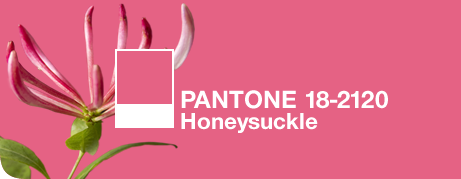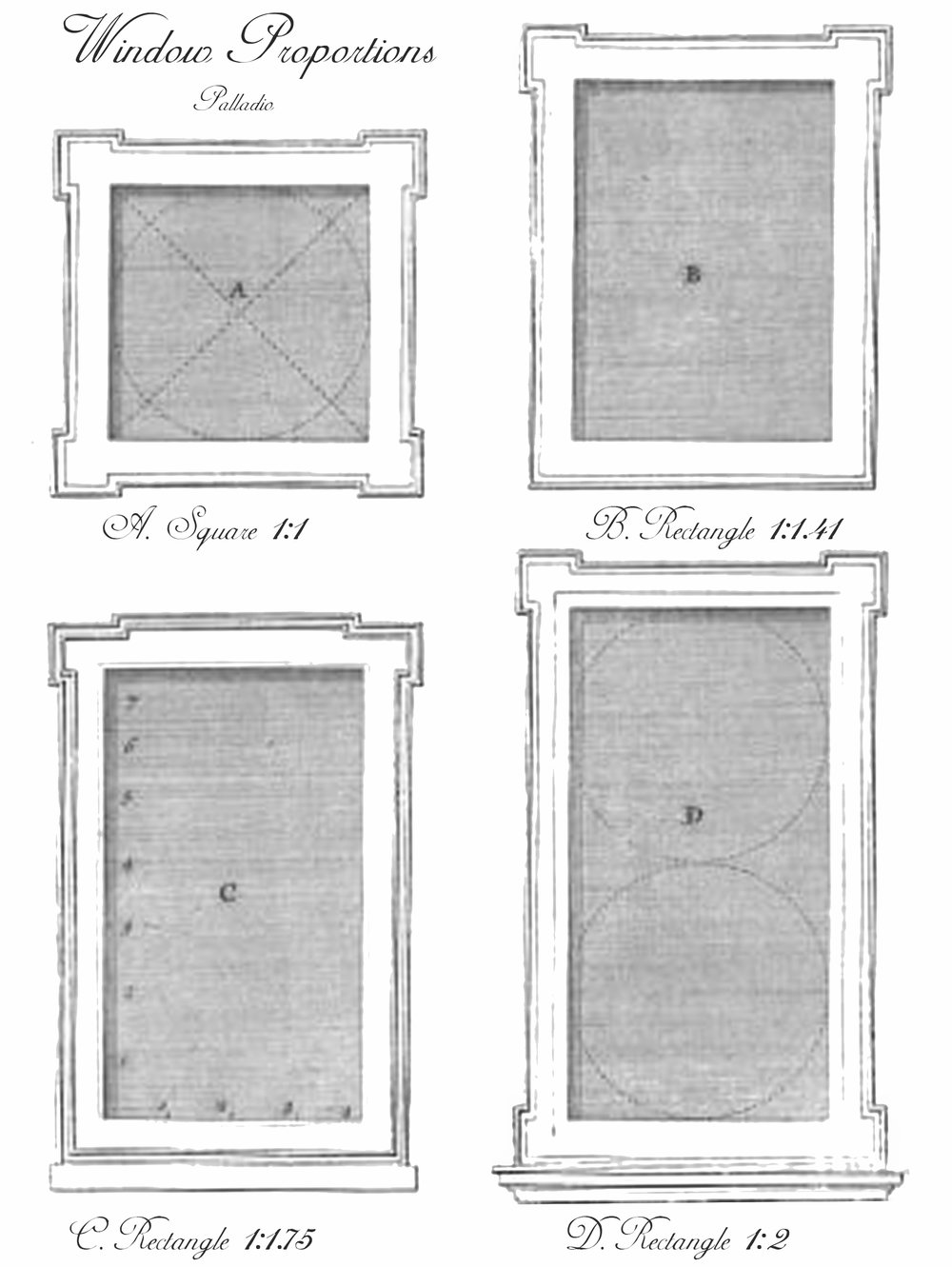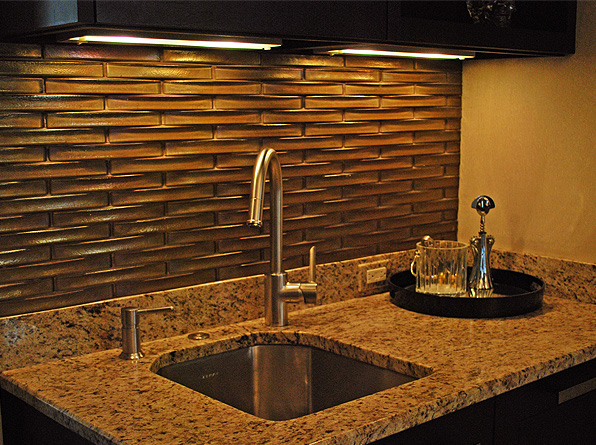
hedge walls and stone and grass floors defining an outdoor room
Modern Dwelling
Merging Inside and Out
The natural home — a home intimately connected to and respectful of the earth itself — creates an environment that raises everyday experiences from monotonous to moving, and imprints lasting memories that will impact our lives and the lives of those around us. The ways of merging home and land are abundant. Elements can be incorporated into the modern home to bring it closer to the earth.
Outdoor Rooms
Outdoor rooms offer an easy and economical way to add extra living space to a house without building additional square footage. Porches, decks, walled gardens, hedge enclosed terraces, screened porches and pergolas expand the indoor living space — even if only visually when the weather outside is too hot or cold to physically inhabit them — and directly connect or merge the indoors with the outdoors.
Sunlight
Alternately, daylight presents an expressive medium for drawing the natural world inside, creating mood and character using sunlight. As light enters the house it can be manipulated and shaped; as light passes through openings of different sizes and shapes it creates patterns and forms on adjacent surfaces.
Strong bands of shadow from an overhead trellis, for example, will stripe the floor and wall, accentuating the light source and the surfaces. Light can be refracted into different colors through prismatic cut glass, or light passing from a brightly colored room will take on a hue, glowing colorfully into an adjacent space.
In summer, protective covered porches buffer strong glare or heat from the sun from entering cool interior rooms. A deciduous vine-covered pergola filters summer sunlight, tinting the space with a cool greenish hue. While in the cold winter months, leaves drop off the vines, opening up the house to the bright yellow light and the warm rays of sun.
A light-colored terrace can bounce sunlight into a room from unexpected angles; the light from a reflecting pool outside can dance color across a white plaster ceiling. Translucent skylights or clerestory windows can disperse strong incoming light to a diffuse subtle glow.
Outlook
In the winter months, we can enjoy nature or our garden handiwork from inside. Patterned parterres, stone walls, leafless trees, twiggy trellises, wisps of tall grasses and stalks of seed heads in silhouette against snow or glistening with frost create a painted vista that can be framed by a bank of windows or French door.
The first signs of life viewed from the kitchen window, in a late winter garden activates daydreams of spring and summer. Anticipation for the gardener grows as the plant and seed catalogues roll in, and the snowdrops and crocuses begin to push aside the bleak, wintry soil.
Transition Zones
Transition zones between inside and outside are central to any home — front and side porches, fenced yards, gates and courtyards — but they may also act as a double-edged sword. Transitional spaces are commonly tasked with simultaneously creating a sense of community and of security.
To establish a sense of community, transitional areas demand openness and connection to the world beyond. However, transition zones also ensure a sense of personal security; to achieve this requires some amount of closure and layers of actual or implied fortification. Gates, fences, porches and courtyards provide layers of protection between any possible intruders and us — real or imagined.
At the same time we want our yards and outdoor rooms to convey sanctuary — buffering us from the threats and pressures of the outside world — we want them to be amiable and welcoming to our neighbors and guests.
Balance is best achieved when physical security measures are masked as architectural features designed to enhance the character of the space, and that project a distinguished presence onto the street.
Daily Activity
In the end, it is the activities we enjoy — the summer parties on the deck and lawn, dinners with friends in the screened porch, a hot cup of coffee and Sunday paper enjoyed on a terrace bench, Frisbee with the kids and dog on the newly-mown lawn, or napping in a hammock in a quiet corner of the garden — that let us experience at home that mythical place called Paradise. These are the true everyday benefits of reestablishing a strong connection between our homes and Mother Nature.







